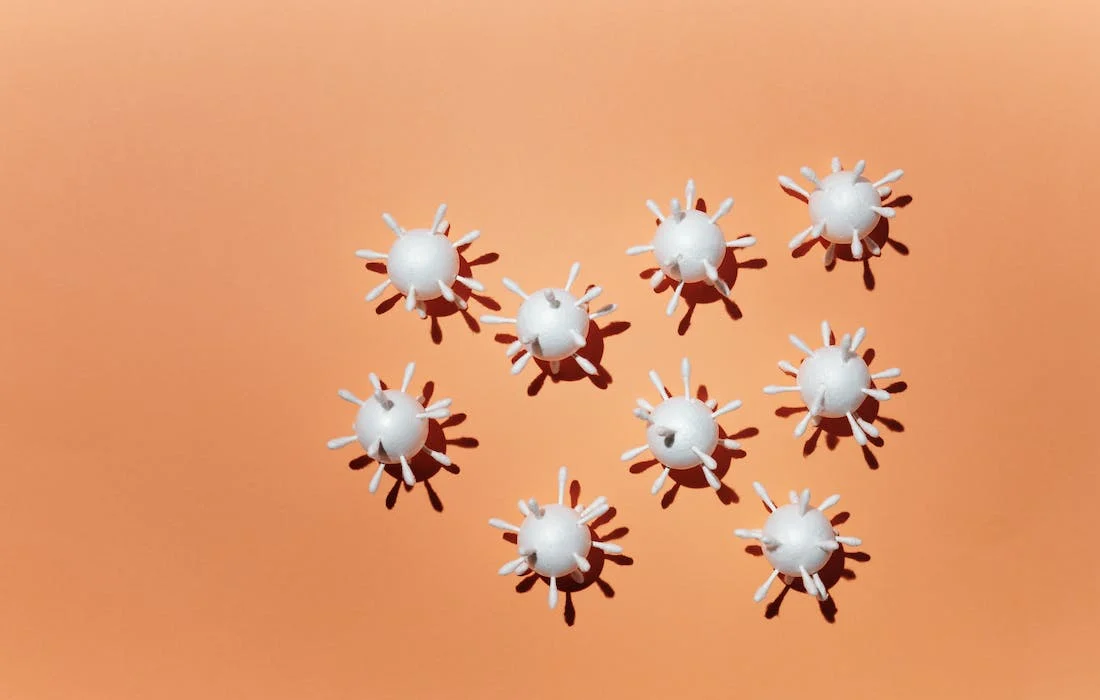Regenerative Medicine News and General Information
New Approach to Nongenetic T-Cell-Based Immunotherapy
Immunotherapies for cancer aim to induce the immune system to combat cancer cells more effectively.
In the journal Angewandte Chemie, a Chinese research team has now described a new, modular strategy for T-cell-based immunotherapy that manages to work without complex genetic modifications.
Modulation of cell-cell communications through an ingenious regulatory circuit using various small, specially folded DNA molecules (aptamers) causes cancer cells to directly activate their mortal enemies, T cells.
For multicell organisms like our bodies to function correctly, the cells must “coordinate” with each other. In this complex communications network, signals are sent and received, processed, and passed on. The regulation of specific membrane receptors that bind to signal molecules plays an important role in this process.
In a typical example, components of the immune system, known as antigen-presenting cells (APCs), sense the presence of cancer antigens. They transmit the signal to lymph nodes, in which specific T cells are activated by their receptors, move into the bloodstream, and kill the cancer cells. Unfortunately, cancer cells use a variety of “loopholes” to escape the immune system.
The team at Hunan University, Hangzhou Institute of Medicine, the Chinese Academy of Sciences, and Shanghai Jiao Tong University is working on ways to close these loopholes. Their goal is to establish new cellular interactions without having to produce genetically modified immune cells or receptors. The idea is to produce a “short circuit” in the communication pathways, by which the T cells are activated directly by the tumor cells, avoiding the detour through APCs.
Led by Weihong Tan and Liping Qiu, the team developed a “regulatory circuit” consisting of two modules: 1) “recognition-then-triggering” and 2) “aggregation-then-activation.” The circuit is based on different DNA aptamers — short DNA segments that fold into a “preprogrammed” 3D structure and “recognize” specific target molecules.
The DNA for module 1) is initially inactive and partially paired into a double strand. If cancer cells are present, the aptamer portion of the “recognition” single strand binds to protein tyrosinase kinase 7, a protein found in large numbers on the surface of many cancer cells. This splits the DNA double strand, releasing the “triggering strand,” which triggers module 2).
Module 2) requires two more types of aptamer. Both specifically bind to CD28 immunoreceptors on the surfaces of T cells. CD28 is a co-stimulator in the activation of T cells. This triggering strand binds to an additional “loop” on a type 1 aptamer. The loop opens and the newly released end binds to a type 2 aptamer, which then binds another type 1 aptamer, and so on (hybridization).
This results in a double strand and the bound CD28 receptors aggregate, triggering a signal cascade that massively amplifies the activation of T cells. In this way, “short-circuited” cell communication causes cancer cells to very effectively directly induce T cells to kill them.
Sources:
Zhimin Wang, Yue Zhang, Limei Wu, Jianghuai Chen, Sitao Xie, Jiaxuan He, Qiang Zhang, Hong Chen, Fengming Chen, Yue Liu, Yutong Zhang, Yuting Zhuo, Nachuan Wen, Liping Qiu, Weihong Tan. An Aptamer‐Functionalized DNA Circuit to Establish an Artificial Interaction between T Cells and Cancer Cells. Angewandte Chemie International Edition, 2023; DOI: 10.1002/anie.202307656
Wiley. (2023, August 23). New approach to nongenetic T-cell-based immunotherapy. ScienceDaily. Retrieved August 24, 2023 from www.sciencedaily.com/releases/2023/08/230823122619.htm
Photo by Edward Jenner from Pexels: https://www.pexels.com/photo/coronavirus-scale-model-on-peach-background-4031871/

